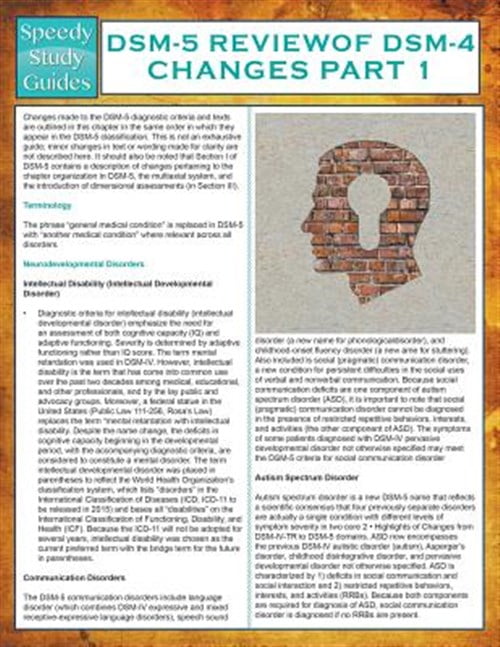

Specific phobias have no single cause but a number of potentially contributing factors have been identified:

A fifth category is known as ‘other’ - this includes fear of vomiting or choking. Phobia subtypes are recognized differently around the world - in the USA, the DSM-5 recognizes animal, situational, natural and blood-injection-injury as specific phobias.

Individuals take steps to avoid the object or situation they fear, or endure such experiences with intense distress or anxiety.The sufferer recognizes that their fear is disproportionate to the perceived threat or danger (not always present in children).Exposure to the stimulus usually results in an anxiety response, often taking the form of a panic attack in adults, or a tantrum, clinging, crying or freezing in children.The individual suffers from a persistent fear that is either unreasonable or excessive, caused by the presence or anticipation of a specific object or situation.Someone suffering from a specific disorder will also display avoidance behavior, meaning that they take steps to avoid having to confront the object or situation at the center of their disorder.įor a specific phobia to be diagnosed, a number of criteria need to be met, namely: An individual displaying symptoms of anxiety may be experiencing: Symptoms may also arise from anticipating the presence of the stimulus. Specific phobia is characterized by a deep and persistent fear of an object or situation, resulting in symptoms of anxiety. Other factors that may be connected to the onset of specific phobia include genetic predisposition and familial influence. Most specific phobias develop during childhood and adolescence, although the disorder may present at any stage, often in connection with a traumatic experience2. Specific phobias fall under the heterogeneous disorders group, having no single universal cause or pattern of development. Sufferers will often take measures to avoid the object or situation in question, although individuals are aware that their fears are usually greater than the threat itself. A specific phobia relates to a particular stimulus that causes fear, anxiety or avoidance and results in intense distress for the sufferer.Īccording to estimates, around 19.2 million adult Americans are afflicted by specific phobias1, with women affected more often than men at an approximate rate of 2:1. Phobias are defined as extreme or irrational fears, often persistent, that compel sufferers to avoid the object or situation to which their fear is connected. A type of anxiety disorder, specific phobias may present in response to a range of stimuli, from animals to medical procedures.
#Dsm 5 codes manual
Specific phobia is a DSM-5 (Diagnostic and Statistical Manual of Mental Disorders, 5th ed.) diagnosis assigned to individuals who suffer from intense fear or anxiety when exposed to specific objects or situations.


 0 kommentar(er)
0 kommentar(er)
